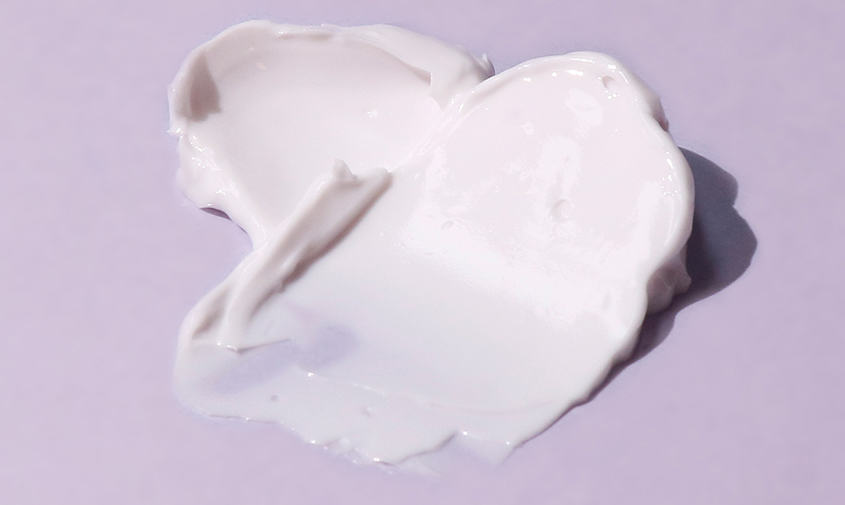What are Ceramides?
Ceramides are some of the main fats found in the skin and are described as the ‘mortar’ that holds our skin cells together. Since the body is pretty genius, it actually makes some of the best skin care ingredients out there to keep the skin hydrated and protected, like ceramides. However, ceramide levels in the skin can go down due to environmental factors and ageing, which is why they are beneficial to use in skin care form.
What do ceramides do for the skin?
• Strengthen the skin barrier and protect from external aggressors (like pollution)
• Excellent hydrators
• High skin compatibility- they are skin identical, which means that they mimic the skin’s own fats and are very likely to be compatible with your skin.
• Anti-ageing qualities that help keep skin supple and smooth and make it less prone to wrinkles and fine lines
How do ceramides work?
As the ‘mortar’ that holds your skin cells together, ceramides are essential for a fully functioning skin barrier. A healthy skin barrier holds moisture in, and ceramides expertly support and strengthen the skin barrier to keep your skin moisturised and protected from the outside environment. If your skin doesn’t have enough ceramides the skin barrier is weakened and moisture can escape, which means your skin will be more prone to drying out, and vulnerable to allergens and the effects of pollution and UV-light.
If the body makes ceramides, why do we need them in our skin care?
In our thirties the ceramide level in our skin starts decreasing and we are more prone to dry skin, wrinkles and rough skin. So if you haven’t started using ceramides by your thirties, this is when you’ll want to start topping up your skincare routine with this power player!
The lower the ceramide content in your skin, the rougher and more dehydrated it will become, and we all know how uncomfortable dry skin can feel! But beyond hydration, they are even beneficial for skin with eczema and psoriasis, which are skin conditions that have a low ceramide level as one of their features. And, because ceramides naturally exist within the skin already, using products with this ingredient isn’t likely to irritate the skin making it an excellent choice for all skin types.
How can I find ceramides?
Ceramides are most often found in creams and lotions but can also be found in other skin care products. There are many different kinds of ceramides and ceramide precursors, so when studying the ingredient lists, these are the words you need to look out for:
• “Ceramide” combined with 1, 2, 3, 6 II, EOS, EOP, NG, NP, NS, or AP
• Cetyl-PG Hydroxyethyl Palmitamide
• Hexadecanamide
• Words with ”sphing” in the name like:
o N-stearoyl sphinganine
o N-stearoyl phytosphingosine
o α-hydroxy-N-stearoylphytosphingosine
o Caproyl sphingosine
o Phytosphingosine
o Sphingosine



